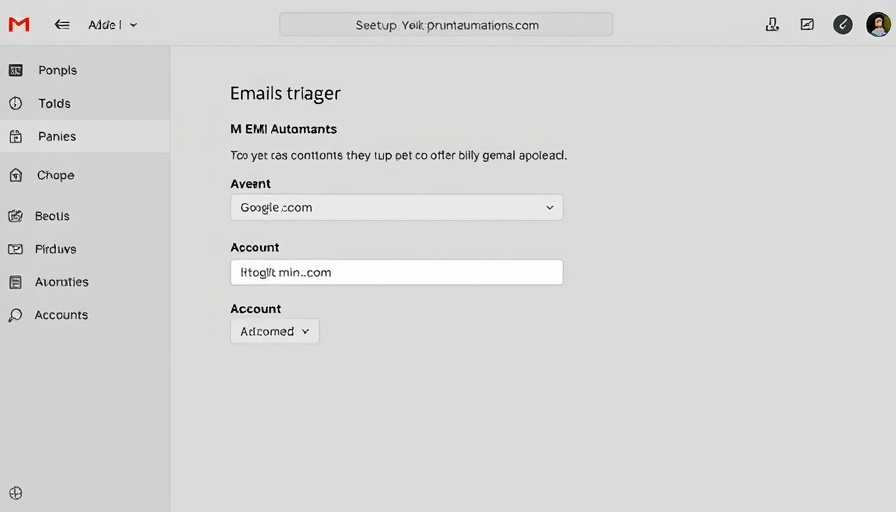![Gemini vs. ChatGPT: What's the difference? [2025]](http://my.funnelpages.com/user-data/gallery/98/6874e5edae2ee.jpg)
Understanding the Landscape of AI Tools: Gemini vs. ChatGPT
The field of artificial intelligence is evolving rapidly, with tools like Gemini and ChatGPT making waves in content creation and customer engagement. These AI systems aren't just advanced tools; they represent the future of interaction between businesses and customers. For marketing professionals, understanding the differences and similarities between these platforms is crucial in selecting the right technology to enhance their workflows.
What Sets Gemini Apart From ChatGPT?
First, it’s essential to identify the core functionalities of each platform. While both Gemini and ChatGPT excel in generating human-like text, they are tailored toward different uses. ChatGPT, developed by OpenAI, has gained popularity mainly for its conversational abilities, making it an ideal choice for brands seeking to engage users in chat interfaces. Meanwhile, Gemini, developed by Google, focuses more on integrating various data sources to provide intelligent responses across multiple channels.
The Future of AI in Marketing
As we delve deeper into the capabilities of Gemini and ChatGPT, it’s crucial to embrace predictions about AI's role in the marketing world. Industry experts suggest that in the coming years, AI will revolutionize personalized marketing strategies. With Gemini's multi-channel capabilities and ChatGPT's conversational strengths, companies may find themselves increasingly reliant on these tools to engage customers meaningfully and effectively.
Real-World Applications and Examples
How do Marketing professionals utilize these AI systems today? For instance, a brand might deploy ChatGPT for their customer support virtual agent to answer queries in real-time while using Gemini to analyze customer feedback across different platforms, creating a well-rounded approach to customer relationship management. Such synergy can drive higher engagement rates and enhance customer satisfaction.
Potential Challenges and Considerations
Despite their advantages, integrating AI tools into marketing strategies also presents challenges. Data privacy concerns, content quality, and adaptability to evolving consumer behavior are key issues that marketing professionals need to address. Moreover, the recent sanctions against companies operating in certain countries further complicate the tech landscape, limiting access to tools like Zapier that augment Gemini and ChatGPT functionalities.
The Power of Knowledge
For marketers, being knowledgeable about the differences and challenges associated with these AI tools is imperative. Awareness not only aids in the selection process but also informs the development of strategies that leverage the strongest aspects of both Gemini and ChatGPT. As businesses navigate the AI landscape, staying informed will be key to future success.
In conclusion, understanding the features and use cases of Gemini and ChatGPT is crucial for marketing professionals looking to leverage these powerful tools in their campaigns. As artificial intelligence continues to evolve, remaining aware of the latest updates and strategies will empower marketers to capitalize on this technology effectively. Consider exploring the implications of these tools further and how they can enhance your marketing efforts.
 Add Row
Add Row  Add
Add 




Write A Comment